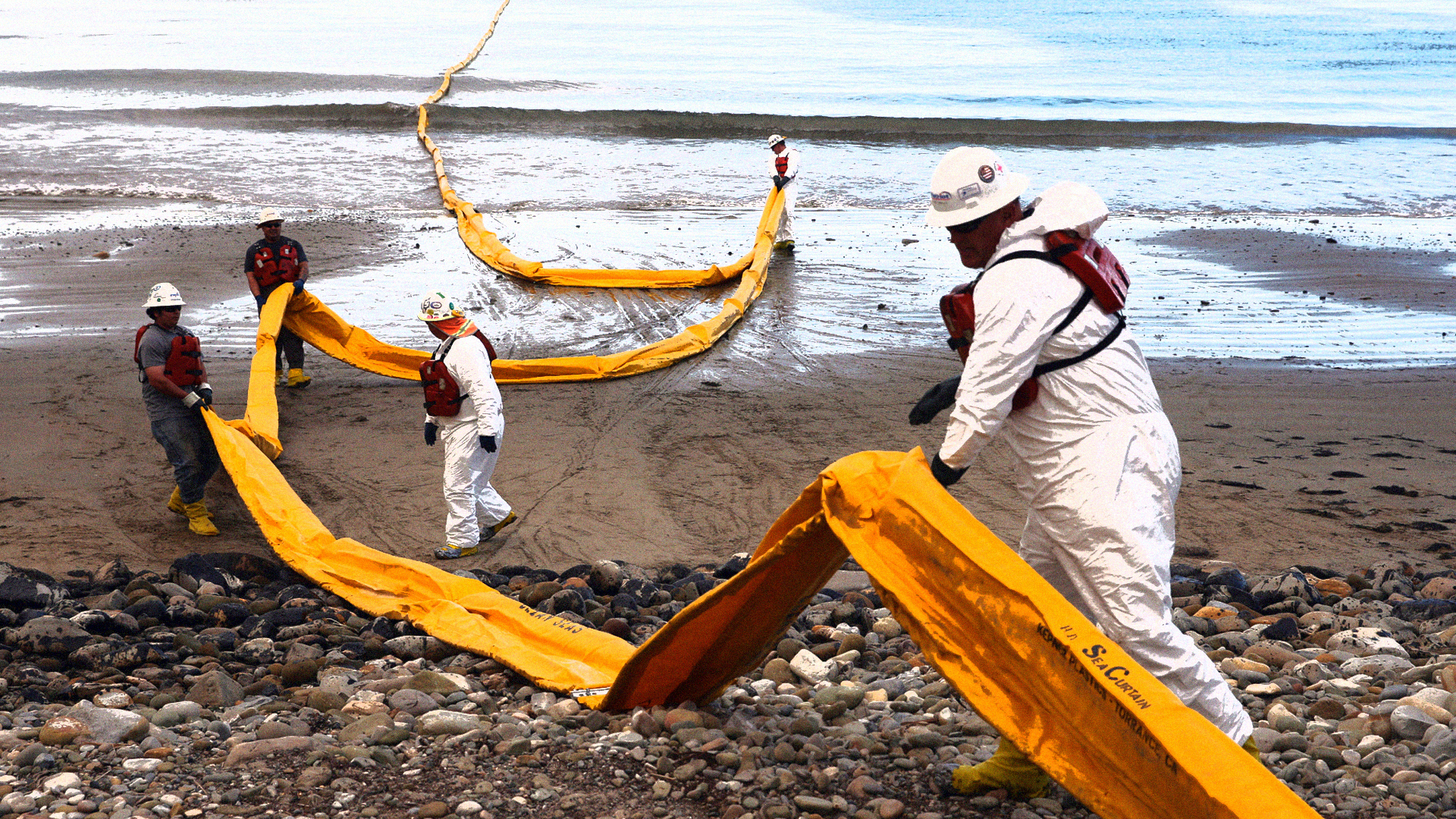The Golden State had been a leader in blocking offshore oil expansions since the infamous 1969 spill of Santa Barbara. The latest spill in Huntington Beach, however, has renewed pressure to ban all existing projects.
As you’ve most likely seen by now, yet another major oil spill is currently spewing into our oceans, this time courtesy of an offshore drill site in Huntington Beach.
On Monday, it was revealed that a ship anchor five miles off the coast had most likely snagged on an oil pipe and dragged it some 100 feet away from its fixed position. Despite passing all prior integrity checks, the pipe ruptured under tension causing a 13 inch split.
The impact so far
Local response teams claim the volume of waste pales in comparison to previous US blunders, such as the 1989 Exxon Valdes and the 2010 Deepwater Horizon spills, but still equates to around 3,000 barrels (126,000 gallons) worth of crude oil blanketing 13 square miles.
The extent of damage sustained to the region’s rich biodiversity isn’t yet known and reportedly won’t be for weeks, but ‘optimistic’ researchers have claimed that animal populations in the affected area were ‘lower than initially feared.’
Nevertheless, there’s been instances of dead fish and birds washing up on shore and sections of the coastline have been temporarily closed.
Putting aside immediate concerns for the prosperity of surrounding wetlands, beaches, and wildlife (10% of which is considered endangered), the event is also particularly disappointing given California’s burgeoning reputation as an eco-conscious state.
With bold ambitions to reach net-zero emissions by 2045, five years before federal targets, the state has long contradicted itself with a static approach to scaling back fossil fuel production.




















